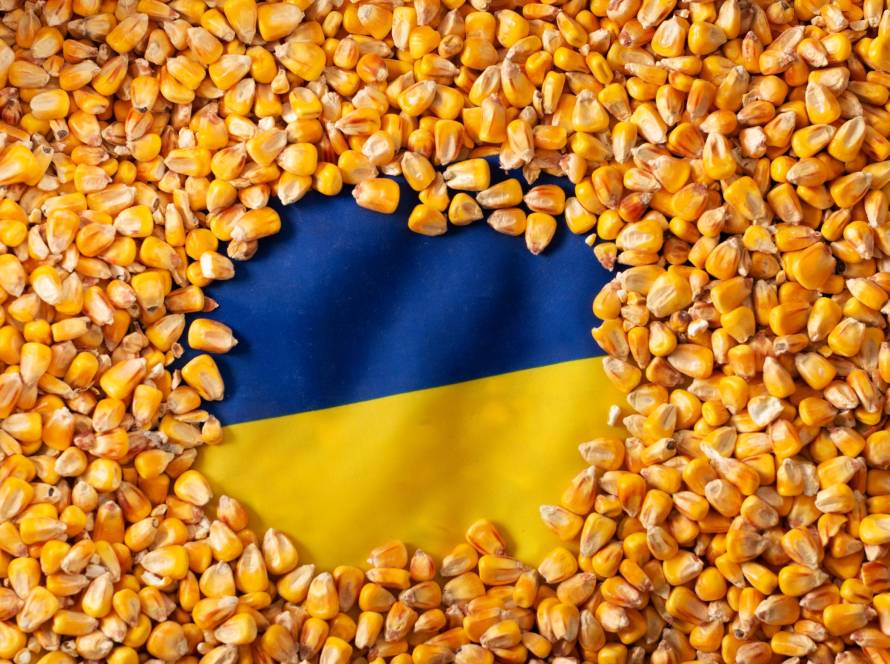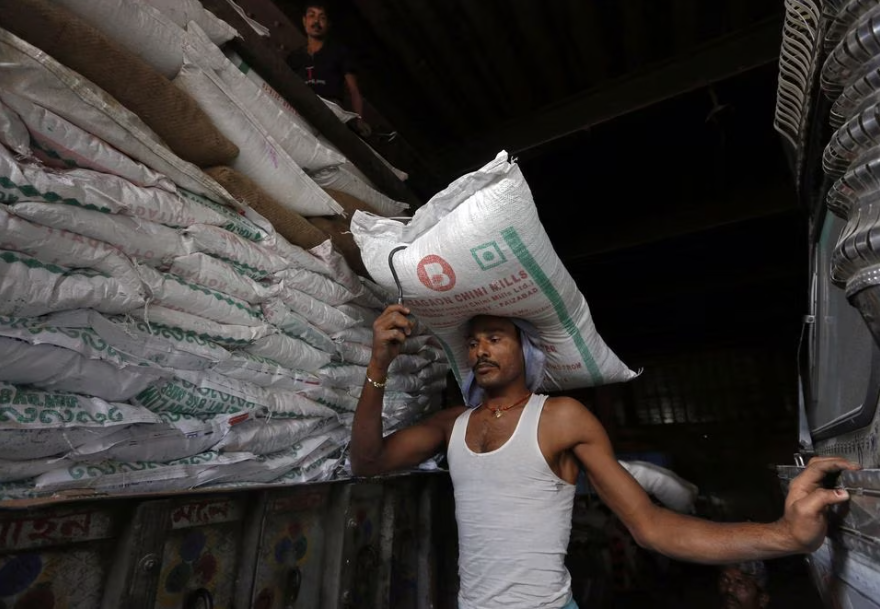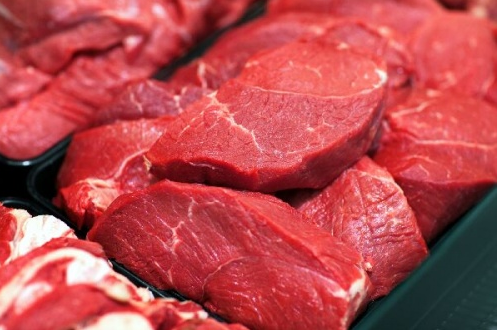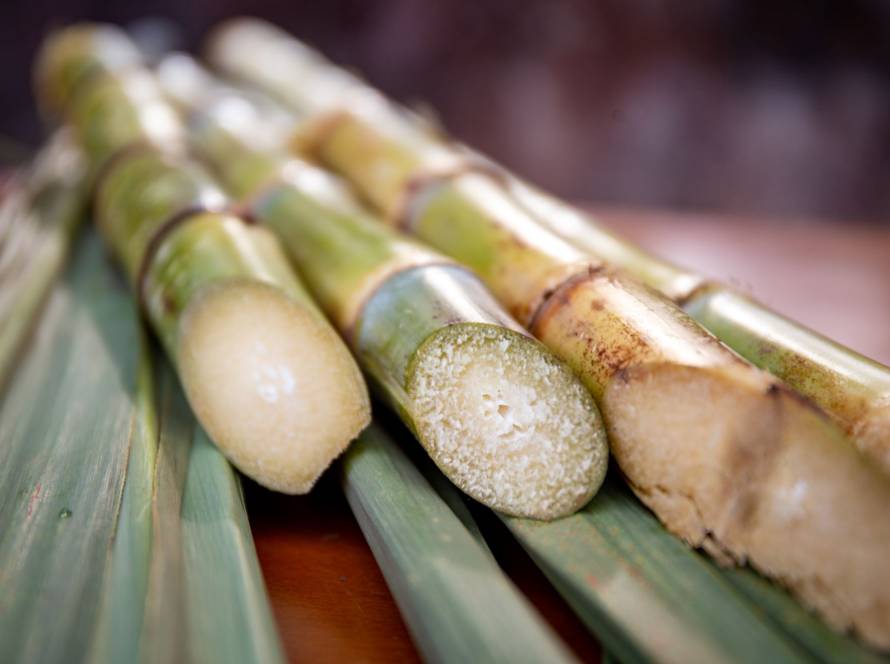The Federation of Business Associations of Santa Catarina (FACISC) launched this Tuesday, March 25, the Santa Catarina Agribusiness Map, an unprecedented study that highlights the strength and diversity of the agricultural sector in the state. With R$87.3 billion in production in 2023 and R$62.8 billion in exports in 2024 (equivalent to 70% of the state's total exports), Santa Catarina's agribusiness is one of the most competitive in the country.
The sector formally employs 553 thousand people (2023). The sum reaches more than one million workers with the informal ones, which represents 20% of the workforce in Santa Catarina. There are 38 thousand establishments (14% of the total). The data is from 2023.
The president of Facisc said that the Agro Map was created based on data and that changes can be made to generate significant investments for the state. “The transformation depends on each one of us. We need to believe that the mobilization and participation of each one makes a difference. We created the agribusiness map because it is the only reason we can fight for our development.”
The survey brings together data from the Brazilian Institute of Geography and Statistics (IBGE), the Ministry of Development, Industry, Commerce and Services (MDIC) and the Ministry of Labor and Employment (MTE), offering a detailed overview of agricultural production, livestock, exports and the main hubs in the state.
The Director of Railways and Agribusiness, Lenoir Broch, explained that the study gathers data on the main products of each region, highlighting the importance of the primary sector (agricultural and livestock production), the secondary sector (food, beverage and agricultural inputs industry) and the tertiary sector (trade and distribution). “We see how privileged our state is with its diversification of products produced and we emphasize the need for investments. “Despite its competitiveness, the sector faces logistical challenges. With the study, we can identify bottlenecks and direct efforts to strengthen our infrastructure.”
Highlights
With the study, Facisc agrees that investment in cutting-edge technology and equipment is essential for the development of Agribusiness and to guarantee the state's position in so many segments. According to Facisc economist Mariana Guedes, despite the high competition, especially in Europe, the state is already showing highlights in the production of machinery for both the primary and secondary sectors.
Investments in the production and technology of these machines are necessary to consolidate this industry in SC”. For example, agricultural extraction machines in the South, manufacturing and clothing machines in the Valley and food manufacturing machines in the West.
National Highlights of Agriculture and Livestock
The productive diversity of the mesoregions of Santa Catarina highlights the state of Brazilian agribusiness production: all of them have at least four national highlights in different products.
The western part of Santa Catarina is a region with the greatest number of highlights in national production, mainly in livestock. Next are the Serrana and Vale do Itajaí regions, with aquaculture, forestry and agricultural products. In the North, there is agriculture, while in the South and Greater Florianópolis, livestock products.
Regional Highlights of Santa Catarina Agribusiness
Each mesoregion of Santa Catarina is spread across different segments of agribusiness and contributes to the productive diversity of the state. Check out below what each region stands out the most. On the Map you can find more details about each region.
Western Santa Catarina
The West of Santa Catarina is a leading producer of several Brazilian agribusiness products, with emphasis on those of animal origin and their production chains in the highest value-added industry, such as dairy products, machinery for manufacturing food and beverages, and industrial refrigeration equipment. In addition, forestry production, especially wood products, makes the region the national leader in the number of formal jobs. This ensures greater revenue and quality of life for the population.
Santa Catarina Mountains
Serra has at least five highlights in Brazilian agriculture.
The region is a national leader in apple production, and the São Joaquim region even has a Geographical Indication (GI) seal from INPI, due to the quality of the apples produced. Another highlight is the pine plantation: the region has the largest planted area in the country, which shows a high level of sustainability in the production of wood and furniture in the state.
Northern Santa Catarina
The quality of banana production makes the North region stand out nationally, being elected one of the sweetest bananas in Brazil. In addition, it stands out in crops that are not widely represented in the country, but that have potential for consumption, such as pears.
The region is also important in the national textile and clothing industry.
Itajai Valley
In terms of Brazilian agricultural production, the region stands out in at least six products, with emphasis on the production of onions, the second largest in the country and an essential vegetable in the diet of Brazilian families. It is also the second region in the state with the largest number of national highlights in the industry. The Itajaí Valley also stands out in the production of several important machines and equipment for the agribusiness.
Southern Santa Catarina
The region has been increasingly investing in products that have higher added value, such as tilapia and quail eggs, which are more recent productions but already stand out on the national scene. The South has also been maintaining its national participation in crops that are already consolidated and with few national producers, such as rice.
Greater Florianopolis
Investments in recent years have maintained the region as the absolute national leader in the production of oysters, scallops and mussels, whose production requires a great deal of care and monitoring of various indicators to maintain high product quality. In addition, the process to obtain the Florianópolis Oyster Geographical Indication Seal is underway.
FACISC president Elson Otto highlights the importance of giving visibility to the sector:
“Our goal is to quantify and demonstrate the relevance of Santa Catarina’s agribusiness in generating jobs, income and global competitiveness. The study strengthens the state’s position in the national and international markets.”
The Santa Catarina Agribusiness Map has established itself as an essential tool for entrepreneurs, producers and public managers. FACISC has made the study available for public consultation, becoming a necessary guide for understanding and planning the future of agribusiness in Santa Catarina.
Regions present
The Regional Vice President of the Far West, Vanessa Bertol, explained that the region is made up of small municipalities but they are giants in agribusiness. “The agribusiness sector in SC deserves a study like this, as it highlights all the potential we have and how much we still have to grow.”
Marco Voltolini, Regional Vice President of the Northwest, highlighted that the map is essential to show what each region has and how it can use its potential to promote development.
Vilson Piccoli, Vice President of the Western Region of Facisc, highlighted that Facisc sought official information and created a portrait to help understand the state's potential.
Helon Rebelatto, president of the Chapecó Business Association (ACIC), highlighted that the Map is important because it directs the investments needed to continue generating jobs and income. “It also highlights where public investments should be applied to influence this important sector.”
“Talking about our agriculture is not about talking about what we plant, but how we plant it, how we harvest it, how we transport it and how it reaches each of our tables,” explains Caroline Rodrigues, Institutional Manager at Facisc.
The mayor of Chapecó, João Rodrigues, said that the Agricultural Map is a true portrait of what the population of the West experiences in their daily lives. “The government’s hand is not enough, and it is the hand of the entrepreneur that makes the region stand out.” He said that the Map can serve as a basis for changing the reality of the bottlenecks that still impede development.
The Secretary of State for Agriculture and Livestock, Almir Edi Dalla Cort, said that the map will contribute to building and making SC an even better state.
State Representative Altair Silva said that the figures presented highlight the importance of agribusiness and help direct investments. “This picture shows that we cannot live in the past, but use the information to start a better future now.”
The Secretary of State for Ports, Airports and Railways, Beto Martins, highlighted that logistics is the major problem and that in order to be successful in the agricultural sector, logistics investments are necessary. According to the secretary, Santa Catarina is the only state in the South of Brazil that is developing executive projects to make railways operational. “We will submit the Railway Bill to the Assembly this year so that we can become independent in our state’s railways.”





